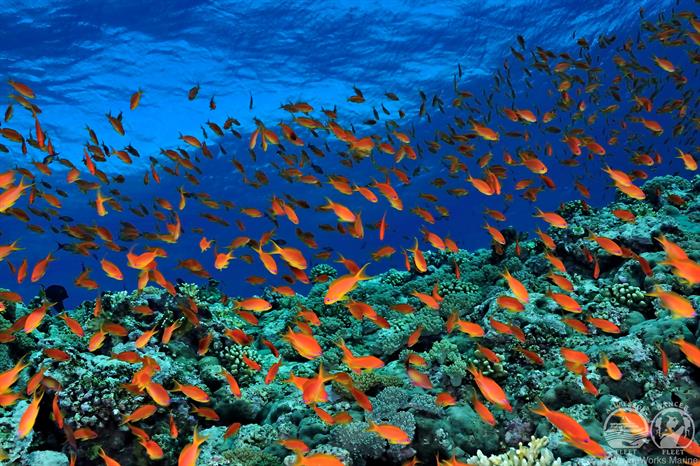You can dive at any time of year in Indonesia. However, because the country is so large and spread out, peak diving seasons vary from place to place. Below you will find the high and low dive seasons for Indonesia’s most popular locations:
Bali (including nearby Nusa Penida and Nusa Lembongan)
High season: April – July, October and November for spectacular visibility and conditions.
Low season: December– March is rainy season, but diving is definitely still on. You may experience reduced visibility around this time.
Gili Islands
High season: Year-round, but May - September are considered the best.
Low season: The visibility drops during the rainiest months of December and January.
Raja Ampat
High season: October – April are the most popular months for liveaboard excursions from the port of Sorong, however day trips leaving from the few resorts on Raja Ampat run all year-round.
Low season: Rough seas and rain are common between July – September.
Komodo
High season: Komodo boasts top-notch conditions year-round and liveaboards are running here all 12 months. Dry season runs from April – November, however the best visibility usually falls between November – January. But keep in mind, the lower visibility months of July and August promise to deliver blooming marine life thanks to the nutrient-rich current that sweep through around this time. Diving is always a compromise!
Low season: November – March is rainy season, but scuba diving in Komodo always prevails.
Lembeh Strait
High season: The cooler months of July and August make the best months for spotting marine life. The best visibility months are October, November, and December.
Low season: The rainy season months of January and February sometimes make northern dive sites inaccessible. June – September can see choppy surface conditions; however, all months are dive-able in Lembeh.




